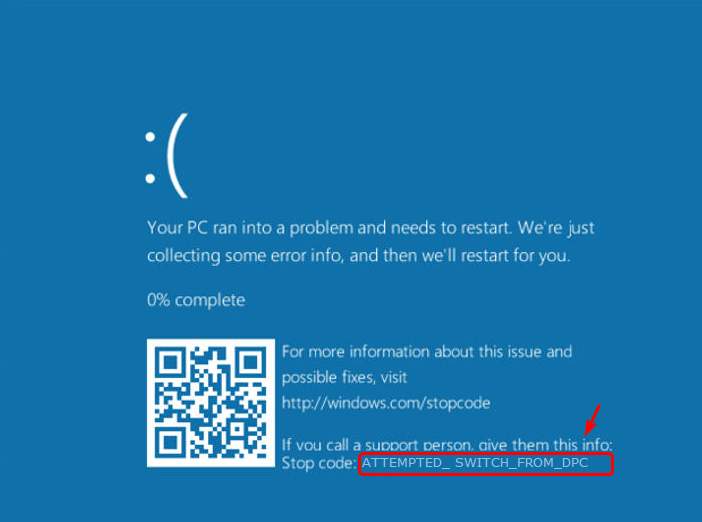
If you’re bugging by ATTEMPTED_SWITCH_FROM_DPC blue screen of death error, you’re not alone. Many Windows 10 users are reporting this problem as well.
As annoying as it seems, it’s possible to fix. Here are 4 fixes for you to try. You may not have to try them all; just work your way down until you find the one works for you.
1. Run memory check
One possible cause is faulty memory software. To make sure you locate the exact cause, you can run a memory check as instructed:
(Note that the whole process could take a fair amount of time to finish. )
1) On your keyboard, press the Windows logo key and type memory diagnostic. Click Windows Memory Diagnostic.
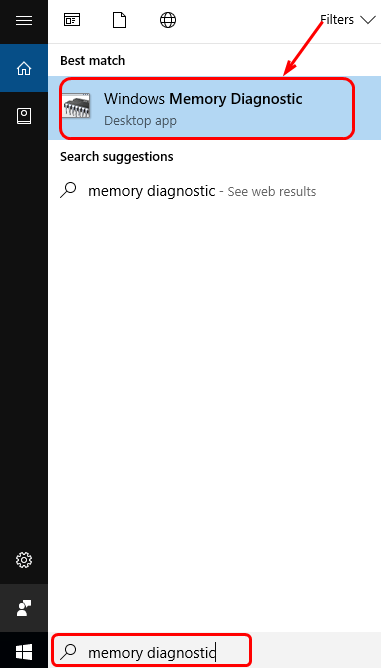
2) Make sure that you have saved your work and then choose Restart now and check for problems (recommended).
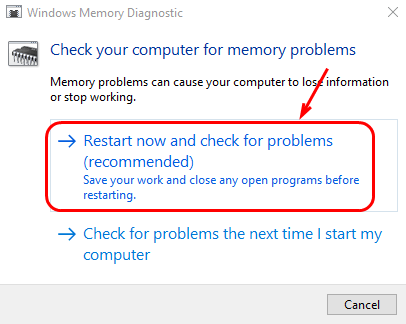
3) Your PC will restart. Then you will see the Windows Memory Diagnostics Tool doing its work.
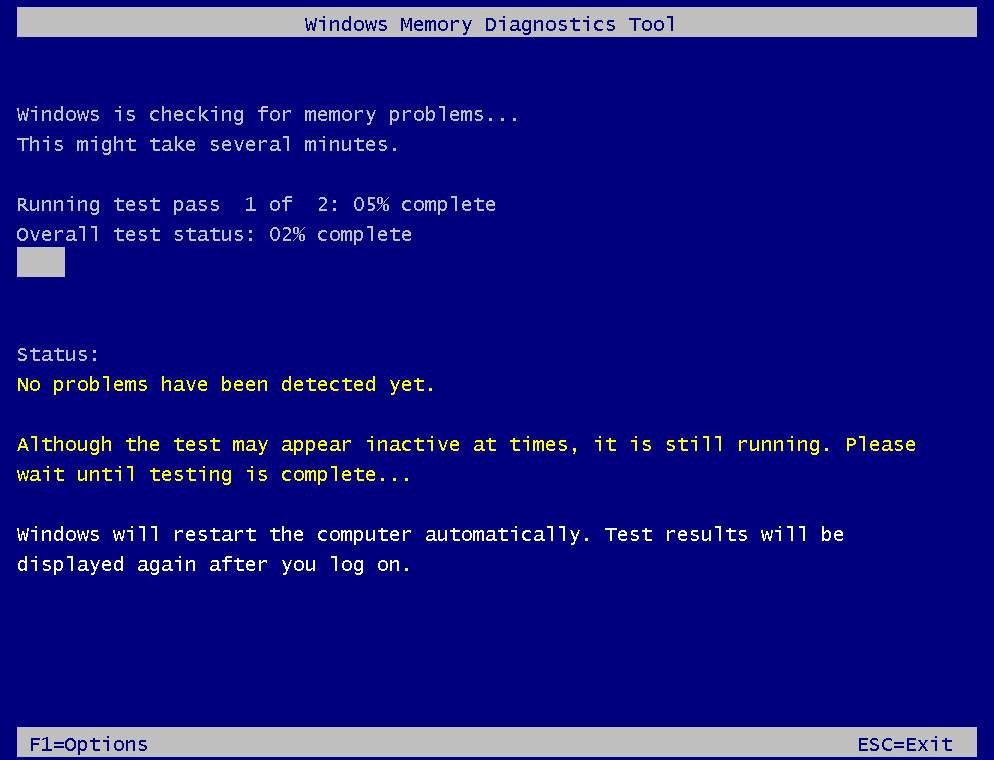
4) Your computer will automatically reboot and return to the Windows desktop. The test result will show up after you log in. If the result doesn’t show up automatically, you can check it manually.
Press Win+ R at the same time, type eventvwr.msc and press Enter.
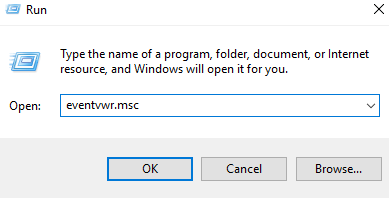
On the left pane, under category Windows Logs, click System. On the right pane, click Find….
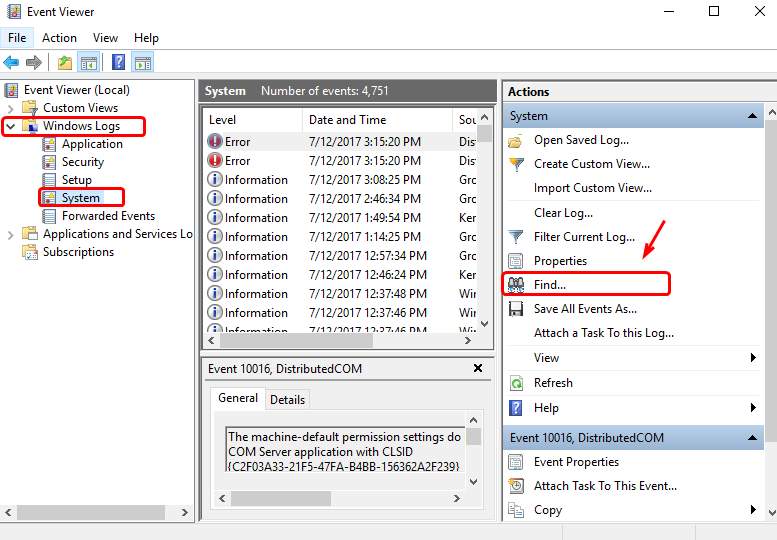
Type MemoryDiagnostic in the search box and hit Enter, you will be able to see the result displayed at the bottom of the window.

5) If the result of your memory diagnose shows that there are certain drivers are at fault, or that you see some error, you have bad RAM. It is very likely that you need to get your RAM changed. If you don’t see anything here, your memory is good.
2. Perform a disk check
Note that disk check will start the next time you start your PC, and the process could take some time, could be a day or some, longer even for some machines. If you don’t want it, you can skip it by pressing any key.
1) On your keyboard, press the Windows key and X at the same time, click Command Prompt (Admin).

2) Click Yes at the User Account Control prompt.
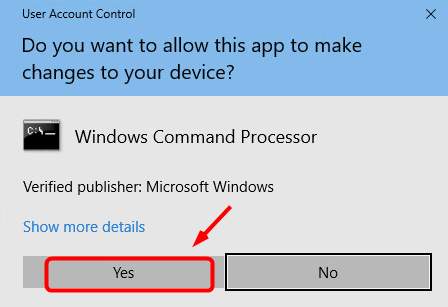
3) The command prompt will once again display. Type the following command:
chkdsk.exe /f /r
4) Press the Enter key on your keyboard, type Y.
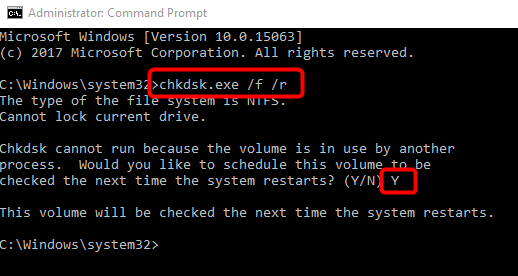
3. Re-install device drivers
One of the causes of this blue screen of death error could be faulty or incompatible device drivers. You should verify that all your devices have the right driver, and update those that don’t.
There are two ways for you to update your device drivers: manually or automatically.
Manual driver update – You can update your device drivers manually by going to the manufacturer’s website, and searching for the most recent correct driver for each. Be sure to choose only drivers that are compatible with your variant of Windows 10. If you don’t have the time, patience or computer skills to update your drivers manually, you can do it automatically with Driver Easy.
Automatic driver update – Driver Easy will automatically recognize your system and find the correct drivers for your variant of Windows 10, and it will download and install them correctly:
1) Download and install Driver Easy.
2) Run Driver Easy and click the Scan Now button. Driver Easy will then scan your computer and detect any problem drivers.
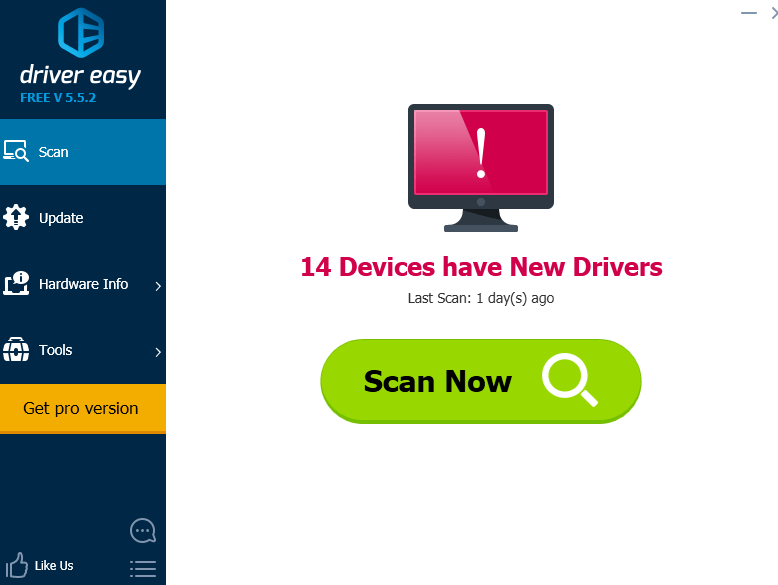
3) Click the Update button next to any flagged device to automatically download and install the correct version of this driver (you can do this with the FREE version).
Or click Update All to automatically download and install the correct version of all the drivers that are missing or out of date on your system (this requires the Pro version which comes with full support and a 30-day money back guarantee. You’ll be prompted to upgrade when you click Update All).
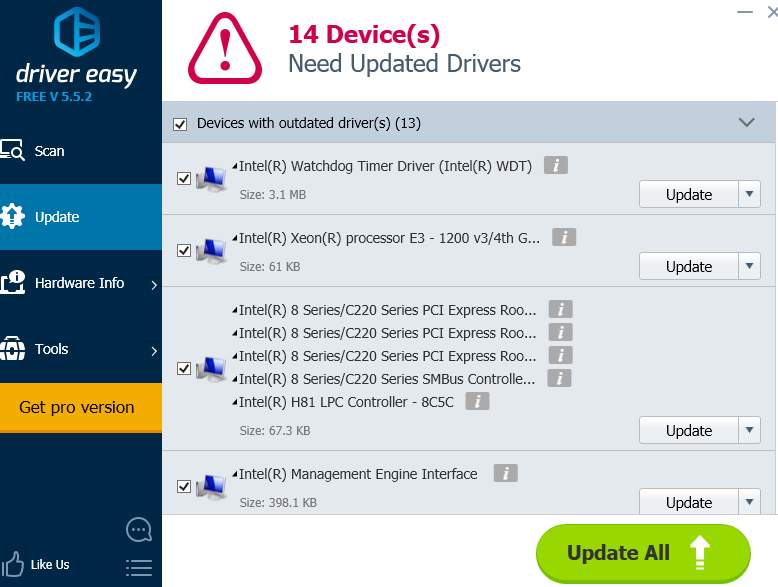
If you need assistance, please contact Driver Easy’s support team at support@drivereasy.com.
4. Restore or Refresh Windows 10
One of the causes could be changes you recently done to your system, including changes in device drivers, Windows updates or program updates.
If you have trouble reverting all the changes one by one or don’t want to spend too much time on it, we recommend using system restore feature in Windows 10.
It requires you to turn it on manually before. Click here to see more.
If resorting to system restore fails, you can always do a refresh on your system. Click here to see more detailed instructions.





